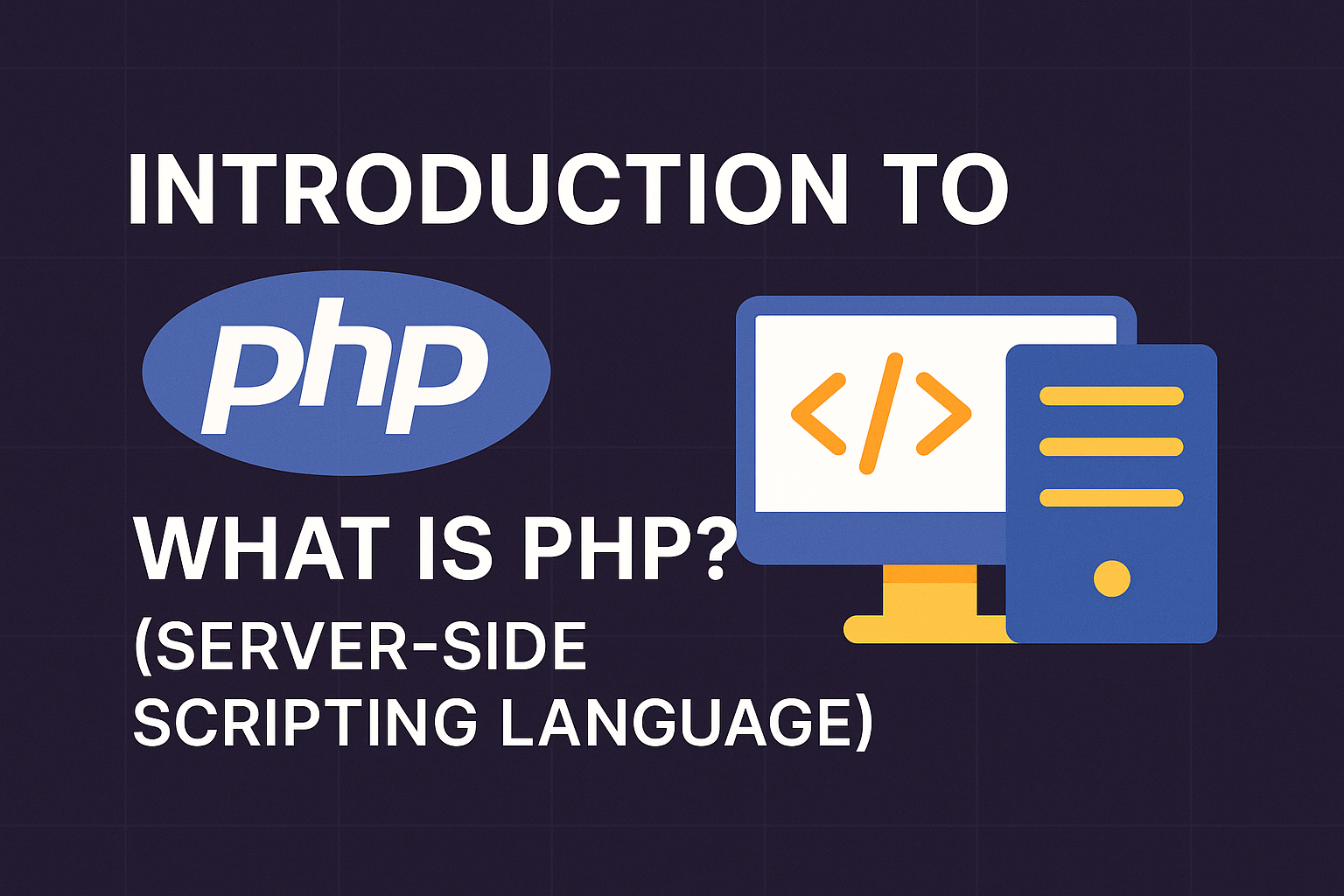Introduction to PHP: What is PHP? (Server-side scripting language)
What is PHP?
Imagine you visit a website. When you click a link or fill out a form, something needs to happen behind the scenes to process your request, fetch information from a database, or generate a unique page just for you. This is where PHP comes in.
Instead of your web browser doing all the heavy lifting (which would be “client-side” scripting, like JavaScript), PHP runs on the server that hosts the website. Think of the server as a powerful computer constantly ready to serve up web pages.
Here’s how it generally works:
- You make a request: You type in a website address or click a button.
- The server gets it: Your request goes to the web server.
- PHP gets to work: If the page you requested has PHP code in it, the server hands that code over to the PHP interpreter. PHP then executes those instructions. This might involve:
- Connecting to a database to retrieve data (e.g., your past orders on an e-commerce site).
- Processing form submissions (e.g., saving your comments on a blog).
- Generating dynamic content (e.g., showing you personalized recommendations).
- Performing calculations or other logic.
- PHP sends back HTML: Once PHP has finished its tasks, it typically generates an HTML page (or other web content).
- Your browser displays it: The server then sends this HTML page back to your web browser, which renders it for you to see.
Why “Server-Side”?
The “server-side” aspect is crucial because it means:
- Security: Your sensitive data (like database credentials) is never exposed to the user’s browser. All the heavy processing and data handling happen securely on the server.
- Power: PHP can interact with databases, files on the server, and other server-side technologies, which client-side languages cannot do directly.
- Dynamic Content: It allows websites to be much more interactive and personalized. Instead of static pages, PHP can create unique content for each user based on their actions or preferences.




